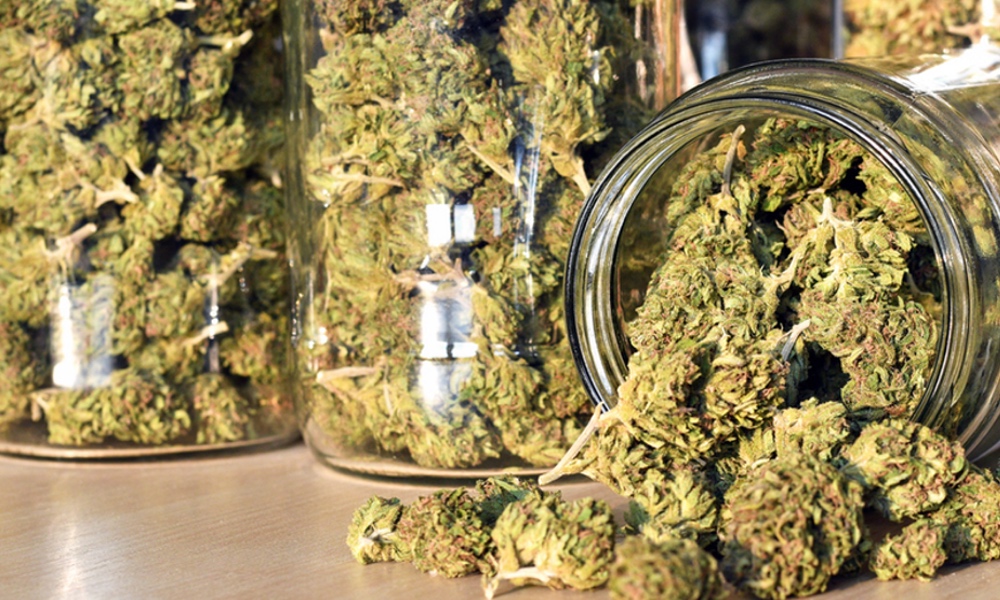Products containing cannabidiol (CBD) and hemp oil have become a popular way to treat issues such as pain, anxiety and inflammation. Now researchers at Creighton University and the Mayo Clinic have found a growing body of evidence that CBD may be an effective way to treat chronic pain and opioid addiction.
“Many intriguing findings in pre-clinical studies suggest CBD and hemp oil have anti-inflammatory effects and may help improve sleep and anxiety,” Brent Bauer, a co-author of the study, said in a statement, adding that trials of CBD and hemp oils in humans are still limited, so it is too early to be sure about their efficacy and safety.
The researchers reviewed 102 studies of cannabinoids, CBD and hemp oil. They searched the PubMed database of scientific literature for the terms CBD, cannabidiol, hemp oil and medical marijuana. In their paper, the researchers described the difference between marijuana, hemp and the components of CBD products. They also provided a guide to identifying the safest CBD products based on scientific evidence.It is important to make sure products meet certain criteria because the amount of CBD and THC may vary widely between products.
Hemp and CBD oils are derived from the flowers and leaves of the hemp plant (C. sativa L). They contain less than 0.3 percent THC. In 47 states, excluding Nebraska, South Dakota and Idaho, CBD and hemp oils are legal as long as they contain less than 0.3 percent THC.
Over-the-counter products containing hemp or CBD are sold as oils, sprays, capsules, lotions and CBD-enriched foods such as gummies. It is important to make sure products meet certain criteria because the amount of CBD and THC may vary widely between products, perhaps because of a lack of regulation of their production and distribution.
CBD formulations that are labeled “full spectrum” contain compounds found in the hemp plant other than CBD. No research is yet available on the safety and efficacy of full-spectrum CBD formulations, however.
The researchers recommend purchasing products imported from Europe, where requirements about low THC levels are much stricter, and regulations for hemp have been in place longer. Consumers should also make sure the hemp or CBD in the product have been extracted by carbon dioxide with no solvents and have been certified by the U.S. Department of Agriculture as organic.
The review was published in Mayo Clinic Proceedings.





